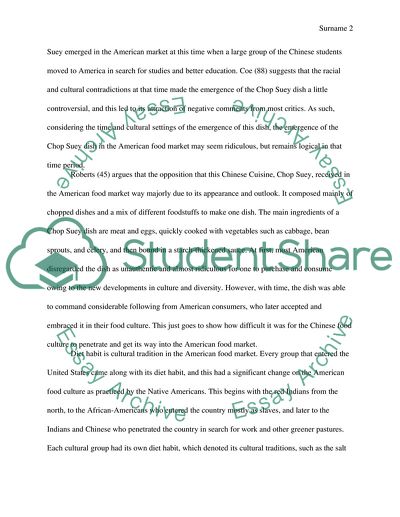Cite this document
(Chinese Food in the United States ( Food as Culture) Research Paper - 1, n.d.)
Chinese Food in the United States ( Food as Culture) Research Paper - 1. Retrieved from https://studentshare.org/culture/1827235-chinese-food-in-the-united-states-food-as-culture
Chinese Food in the United States ( Food as Culture) Research Paper - 1. Retrieved from https://studentshare.org/culture/1827235-chinese-food-in-the-united-states-food-as-culture
(Chinese Food in the United States ( Food As Culture) Research Paper - 1)
Chinese Food in the United States ( Food As Culture) Research Paper - 1. https://studentshare.org/culture/1827235-chinese-food-in-the-united-states-food-as-culture.
Chinese Food in the United States ( Food As Culture) Research Paper - 1. https://studentshare.org/culture/1827235-chinese-food-in-the-united-states-food-as-culture.
“Chinese Food in the United States ( Food As Culture) Research Paper - 1”, n.d. https://studentshare.org/culture/1827235-chinese-food-in-the-united-states-food-as-culture.


